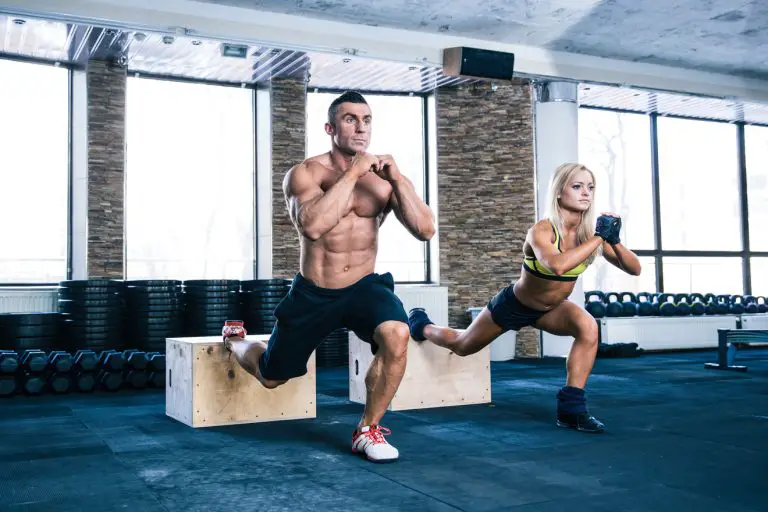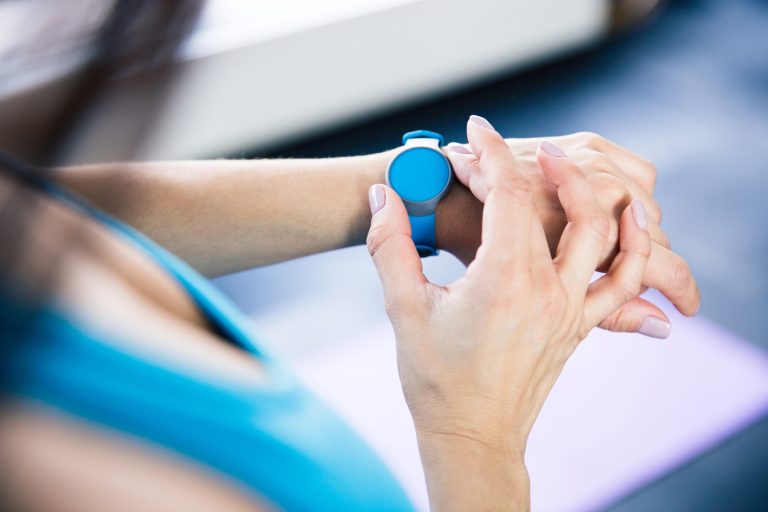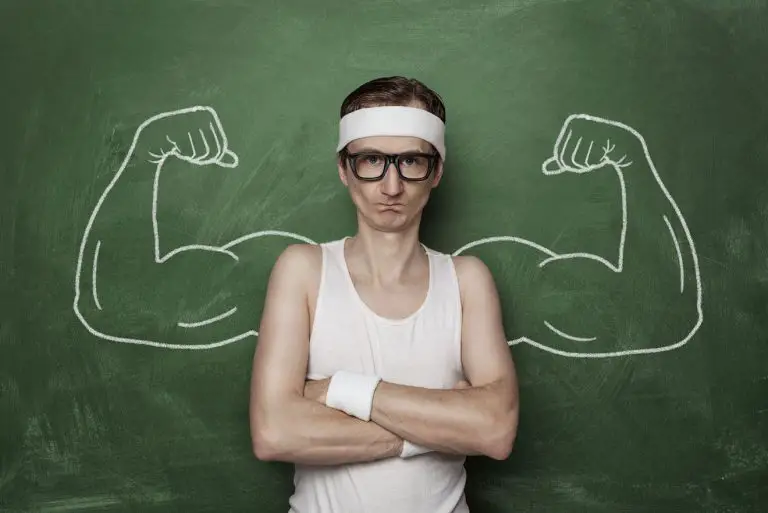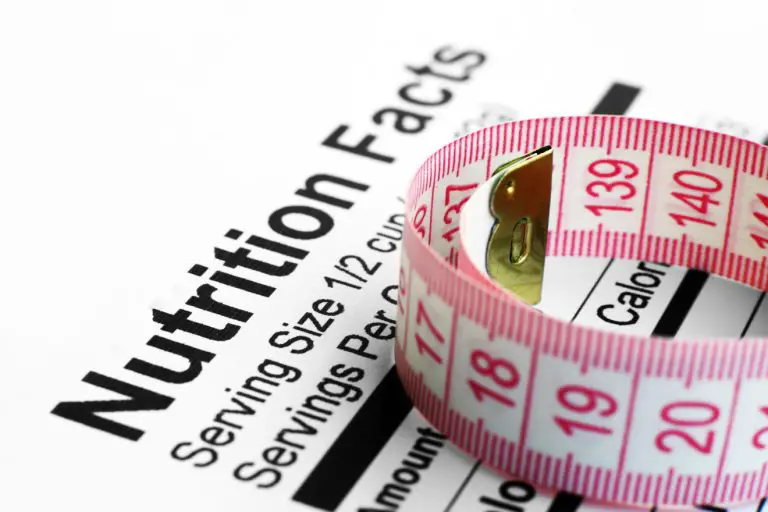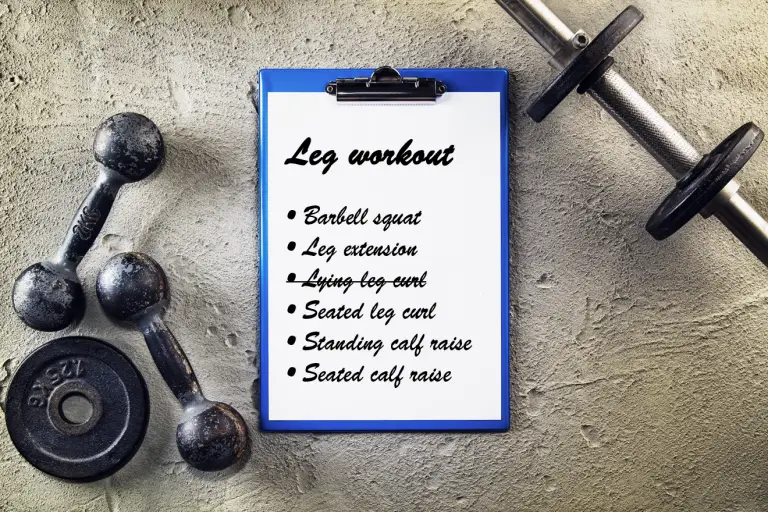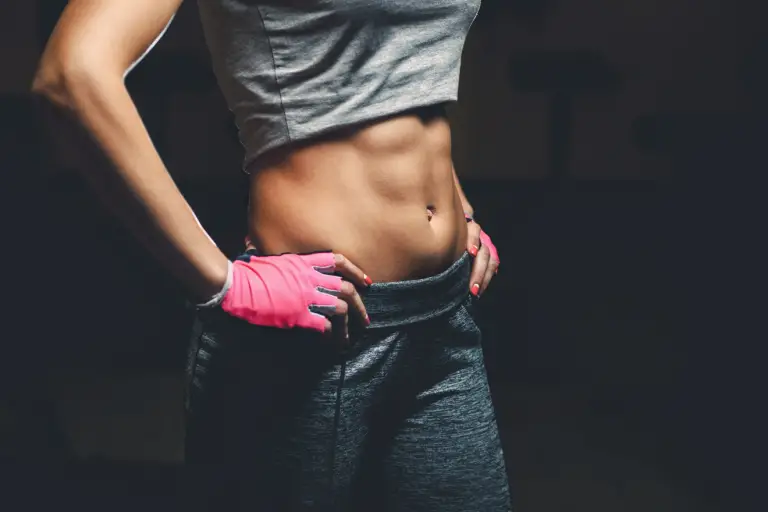Discover the qualities and skills of a great gym spotter
Key takeaways
- A great gym spotter isn’t required to get great results, but the right one can take your training to the next level.
- Great spotters do more than lift the bar—they boost safety, push intensity, and improve form.
- Trust, timing, and clear communication are essential to effective spotting.
- The best spotters know how to encourage, when to intervene, and how to make every rep count.
- Spotting is a skill anyone can master with focus, consistency, and a willingness to learn.
- Having a spotter trained in proper gym safety and even basic first aid training can be invaluable.
Training alone can be powerful. You control the pace, focus inward, and build self-reliance. But when it comes to lifting heavy or breaking through sticking points, a great gym spotter can change everything.
Not everyone needs a spotter to get results—but when done right, spotting adds another level of safety, motivation, and progress. Whether you’re chasing a personal best or grinding through a volume set, the ideal spotter supports you mentally and physically.
A good spotter improves your safety; a great one boosts your performance
Spotters aren’t just backup in case something goes wrong. They give you the confidence to take calculated risks and test your limits. The right partner helps you push further, knowing you’re not alone under the bar. That mental freedom allows for greater focus and intensity—two things that drive serious results.
But there’s more to it than just being there. A great gym spotter knows when to keep their hands off and let you work, and when to step in before form breaks down. They understand the rhythm of the lift and the needs of the lifter.
The psychological benefits of being spotted
Training with someone—especially someone attentive and reliable—adds accountability. It keeps you showing up, even when motivation dips. A trusted spotter can help you stay consistent, push harder, and avoid excuses.
The best spotters also offer real-time feedback. A subtle cue about your foot placement, grip, or bar path can correct issues before they become habits. Their eyes become your second pair.
The qualities of a great gym spotter
1. First aid training
Spotting isn’t just about motivation—it’s also a matter of safety. In some situations, having a spotter trained in proper gym safety and even basic first aid training can be invaluable, especially when dealing with heavy lifts or unexpected injuries. Knowing how to respond in an emergency shows serious commitment to your training partners and sets you apart as someone others can rely on.
2. Reliability
A reliable spotter shows up on time, ready, and willing. They’re consistent—not someone who disappears mid-set or bails on sessions. Reliability breeds trust, and trust is essential when you’re lifting heavy weights. You want to know the person watching your lift will be there if things go south.
3. Intense Focus
A top-tier spotter doesn’t glance at their phone or chat with someone during your set. They give full, undivided attention to every rep. Focus means catching mistakes, noticing fatigue, and reacting instantly if needed. This one trait alone can make or break a spotting session.
4. Deep Understanding of Form and Mechanics
The best spotters understand proper technique—not just in theory, but in practice. They know what a good rep looks like, what overextension means, and when form is breaking down. Their job isn’t to coach mid-lift, but to recognize danger signs and provide helpful feedback afterward. A spotter who lacks technical knowledge is just an extra pair of hands—not a partner.
5. Strong Communication Skills
Before each lift, a great spotter asks questions: “How many reps?” “Do you want help on the last one?” “Should I assist on the lift-off?” They never assume—they clarify. And during the set, they use clear verbal cues or pre-agreed signals. Great spotting depends on mutual understanding and constant communication.
6. Timing and Restraint
The most valuable spotters know when to step in—and more importantly, when not to. Jumping in too early robs the lifter of growth. Hanging back too long risks injury. Timing is everything, and mastering it requires experience, attention, and empathy. A great spotter waits until the lifter truly needs assistance, then offers just enough help to complete the lift safely.
7. Emotional Awareness
Some lifters need loud hype. Others prefer calm focus. The best spotters adapt to what the lifter needs emotionally, not just physically. They read body language, gauge mood, and respond in a way that elevates—not distracts—their partner. Emotional intelligence creates a better, more supportive training environment.
8. Strength and Confidence
You don’t need to be stronger than the person you’re spotting—but you do need to be strong enough to help safely. A good spotter can handle the weight if needed, assist with re-racking, and recover control without hesitation. Physical strength combined with confidence creates a safer lifting experience.
9. Feedback and Encouragement
Post-set feedback can be gold. “Your bar path drifted on rep three,” or “You kept your hips tight the whole way through—nice work.” Specific praise and constructive feedback build progress and trust. Generic slogans don’t. Tailored, thoughtful encouragement can make a huge difference in long-term motivation.
10. Nonverbal Cues and Anticipation
Elite spotters learn to read the smallest signs: a stutter in the rep speed, a change in breathing, the look of doubt before unracking. These subtle cues allow them to predict when help will be needed before it’s verbalized. The lifter feels supported without feeling interrupted—a delicate but powerful skill.
11. Respect for the Role
A great spotter takes the role seriously. It’s not just something you do between your own sets—it’s a responsibility. They stay present, take ownership of their role, and understand they’re part of someone else’s success or failure. That sense of duty raises the level of performance for both lifter and spotter.
Spotting as a path to becoming a better lifter
Spotting doesn’t just help the person lifting—it helps the spotter, too. The attention to detail, the analysis of form, the pattern recognition—it all sharpens your own training. Over time, being a great spotter elevates your understanding of movement, intensity, and coaching.
Even if you train mostly alone, practicing the mindset of a good spotter (focus, form awareness, safety) can improve your solo sessions.
Want to be the spotter everyone wants?
Don’t just lift. Learn. Study form. Listen. Show up.
Being a top-tier spotter isn’t about having the biggest bench. It’s about being someone others trust to help them reach their goals. When you treat that role with care, you grow with every session—mentally, emotionally, and physically.
Because spotting isn’t just about lifting the bar. It’s about lifting someone else to their best. That’s what makes a great gym partner. That’s what makes you invaluable.


